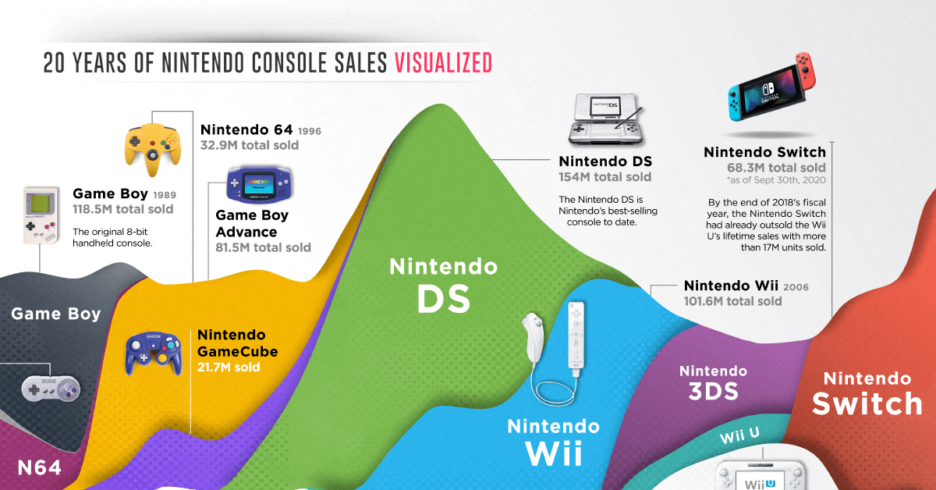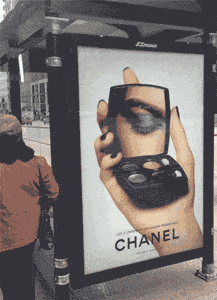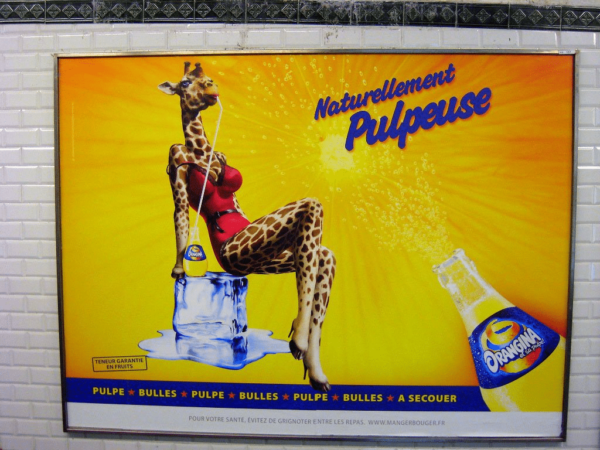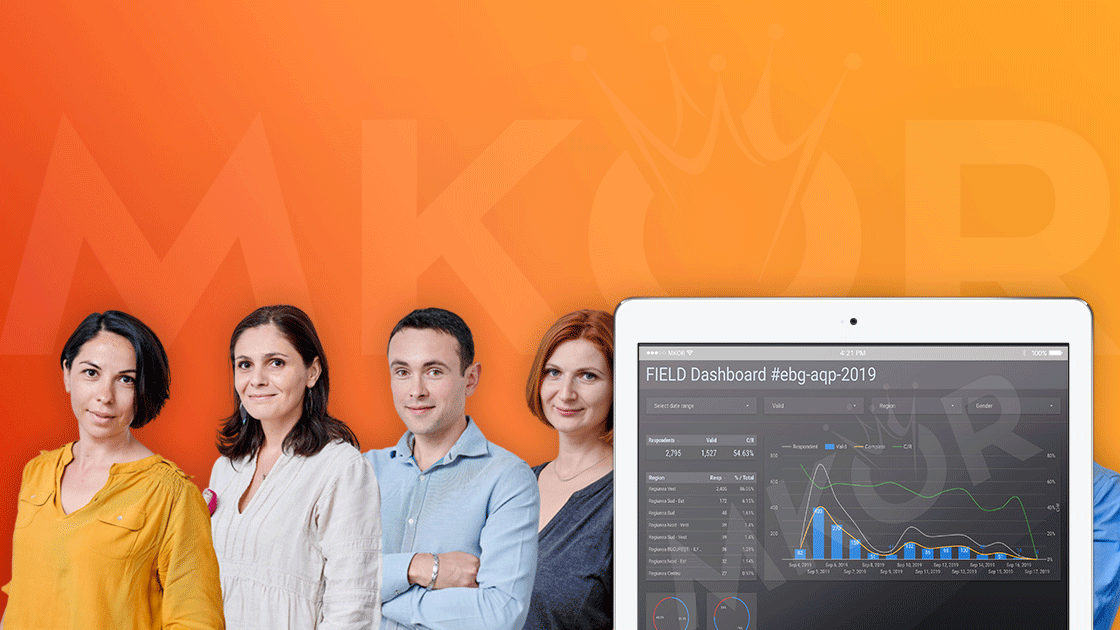Semiotics is the discipline that focuses on symbolic meanings and communication processes through signs.
Nowadays, semiotics has become an essential element in branding strategy and studied in depth in marketing research.
Are you looking for a deeper and more emotionally connected buying experience? We introduce you to the power of semiotics in the world of modern brands!
We don’t just buy products, we associate status, success and lifestyle with them.
Semiotics is the key to understanding these subconscious and emotional associations with our favorite brands. Culture plays a crucial role in shaping consumer preferences and purchasing decisions.
Let’s discover together the basics of the concept of semiotics and its current relevance in brand research! Change your buying experience through the power of semiotics!
Contents partea 2
Semiotic analysis in qualitative research
Semiotic analysis methodology
Semiotics is based on the decoding of symbols and signs and has applications in social norms, advertising communication, creative design or brand analysis.
It is an investigation of how the meaning of communication is created and conveyed.
In exhaustive terms, anyone can be a semiotician, as we constantly interpret the meaning of signs in everyday life, from the design of crisp packaging, the shapes of pasta, to the colour of a beer bottle to guessing the alcohol concentration.
My career in marketing research has taken me to some interesting places around the world where I’ve had the opportunity to hear exclusive “first hand” stories about people, brands and cultural customs gathered from hundreds of participants.
I’m fascinated by ethnographic research where affiliation with a group of frequent beer drinkers allows you to learn how they create their own social norms around beer consumption.
Together with the MKOR team and as Senior Qualitative Consultant, we will explore less traditional qualitative research methods where consumer response is not the absolute truth but is an excellent springboard from which to start thinking about strategic decisions.
Monica Vilcu – Semiotics Expert, MKOR
Examples of applying semiotics in research
An example of the application of semiotics in research can be the analysis of a TV advertisement.
In this case, the semiotic research expert can analyse how colours, images, shapes and other visual elements are manipulated to convey the message.
The signifier – can be any material that conveys a message, for example words in an email, facial expression or an image. In consumer culture, visual, audio or verbal messages reveal meaning through form, sound or interfering (obvious) symbolism.
Brands, logos, packaging design, tags – all are symbols and are meant to convey meaning.
The signified – can be any concept to which the signifier refers.
For example, brand design is a concept that not only reflects the product and its attributes, but also has a value – brand equity – that is created symbolically by consumers. Brand equity emerges in the personal context (the experience with the brand) and reaches the social and cultural context (in-store and HoReCa).
In qualitative semiotic research, teams of researchers use semiotic techniques to analyse the messages conveyed, advertising posters or promotional materials.
They may examine elements such as the colours, shapes, words and images used to understand how they convey the message and influence the audience’s perception.
The sign – can exist in any form and have any meaning.
Connotation – is secondary and means the cultural meaning of the word that enters into common parlance, specifically the meaning of the word – rose in common imagery means romance.
Codes: Connotations can be linked together in many ways, and the most common method is through communication codes. Codes are a set of understandings between users and between the relationship between signifier and signified.
The connotations function as a map of meanings, which also includes the system of perceptions, opinions and values we have towards each other.
Advantages and disadvantages of semiotic analysis in research
The advantages of semiotic analysis in marketing research include the in-depth ability to analyse verbal and non-verbal elements and understand their meaning.
For example, using semiotics, the marketing researcher can learn about the consumer on both a rational and irrational level through interpretive techniques using ethnographic research.
The main technique of ethnographic research is interviewing and observing study participants in the consumer’s world at home or away from home, which increases understanding of a brand and its value to the consumer.
In particular, semiotics can help to develop and position or reposition a brand in a socio-cultural context appropriate to the image it wishes to convey.
Disadvantages include the difficulty in applying the methodology and the need to have a sound knowledge of semiotics. In addition, the results of the analysis can be subjective, depending on the perspective and interpretation of the semiotician.
When is semiotic analysis applied in qualitative research?
- When the customer has the ambition to express complex emotions in the creation of packaging for an indulgent brand such as coffee, yoghurt or chocolate
- In testing an ad that needs to be more explicit with pictures and symbols than words
Brands need original insights to develop engaging campaigns.
For example, to create the Orangina image, the advertising agency developed a linguistic concept in which sets of words were paired with random visuals containing women and animals.
The concept is called Pulpeuse and in French it has a double meaning: containing pulp and also attractive or voluptuous.
In the end, irrationally, the study participants created the image of a very seductive woman with an animal face, which left a memorable image and is still associated with the soft drink brand.
Semiotics in linguistics
Semiotic theory in linguistics
Semiotic linguistics focuses on the meanings and processes of signification in language.
In this approach, words and linguistic constructions are seen as signs that convey messages through agreed codes interpreted by their receivers…
Practical applications of semiotics in linguistics
Semiotics in linguistics can be applied in different fields such as discourse analysis, content analysis and computational semantics.
For example, discourse analysis can be used to examine how linguistic messages are constructed and received, including how they are influenced by social, cultural and historical context.
In one of the advertisements for the Nike brand, entitled Keep the rules, break the limits, it talks about games, rules and limits.
The continuation of the speech is: The rules restrict. The rules bind. But you are free. Your limits are free.
You is a matter of power, capability. Nike’s target describes people with authority, powerful people who are not dependent.
Content analysis can be used to study the content of linguistic messages, including identifying their themes and attitudes. Computational semantics focuses on how artificial intelligence can be used to analyse and interpret human language.
Limits and challenges in the study of semiotics in linguistics
Although semiotics in linguistics can provide valuable insights into language and meaning, there are also challenges and limitations in its study.
One of these is the subjectivity of interpreting linguistic signs, which can be influenced by factors such as culture, education and individual personality.
It is also difficult to make a clear distinction between intentional and unintentional meanings of language, which can influence the interpretation of language signs.
In addition, developing technology may create new challenges and competitive advantages in the field of semiotics in linguistics, such as:
- automated speech analysis – we do this at MKOR too 🤭
- the use of artificial intelligence in the interpretation of linguistic signs – here we are still playing
Semiotics in Communication
The role of semiotics in communication
Semiotics plays an important role in understanding how messages are transmitted and received in communication.
Semiotics focuses on signs and how they are used to construct meaning in communication. Through semiotic analysis, it is possible to better understand how messages are created and transmitted, and how they can be improved.
Application of semiotics in the study of media messages
Semiotics can be effectively applied to the study of media messages such as advertisements or films. Semiotic analysis can help identify the symbols, metonyms and other signs used in these messages and understand how they are used to convey meaning and influence receivers.
*Metonymy is a figure of speech in which a word or name is used to suggest a close or associated connection between two objects, without necessarily being literal. For example, the use of the word crown to refer to the power or authority of a king.
In the symbolism of the film, the information conveyed by different semiotic systems is decoded and becomes clear in real time by the end of the story. Various linguistic and non-linguistic systems have been identified:
- Oral speech
- Written speech
- Colours
- Movement vs. static
- Facial expressions
- Music
- Sound effects
- Appearance of costumes
- (and last but not least) Characters character
Also, through semiotic analysis, one can better understand the relationship between messages and culture and how they are influenced by context.
Semiotic analysis of nonverbal elements in communication
Non-verbal elements such as gestures, gestures, mimicry and posture play an important role in communication.
Semiotic analysis can help to understand how these elements contribute to conveying meaning and influencing receivers.
For example, through semiotic analysis, one can better understand how gestures can convey feelings or intentions, and how they can be used to improve communication.
Semiotic analysis can also be used to identify non-verbal elements that are universal across the world, as well as to understand cultural differences in the interpretation of non-verbal elements.
In Coca Cola’s television and print media ads, nonverbal cues are predominant and include kinetic messages that are divided into facials, gestures and postures.
Through non-verbal communication Coca-Cola tries to convey social messages about their products.
Body language plays an important role replacing words such as fresh, sour or taste pleasure and clarifies the audience about the simplicity of the message.
Semiotics in Advertising
The importance of semiotics in the advertising industry
Semiotics can be used in advertising to analyse the messages and symbols in advertisements and understand how they are perceived by the audience.
Semiotic analysis helps to create more effective advertising campaigns and evaluate their impact.
Semiotic analysis of advertisements: case studies
Examples of the application of semiotics in advertising might include the analysis of a perfume advertisement, which can be analysed through the lens of symbols and messages presented and interpreted differently by the target audience.
An advertisement for a personal care product could also be analysed, and how the image and message convey the attributes of the product and how well they are perceived by the audience.
The McDonalds ad is a good example of the clever use of French fries to promote Wi-Fi signal in their restaurants. The Wi-Fi symbol would mean nothing without the cultural context. Even though the ad is symbolic, it contains an iconic element in promoting the brand, the image of McDonalds fries.
Expertise in qualitative research has taught me how to get to the “heart” of the narrative and find the most original insights into marketing scenarios, risky situations in out-of-control markets or absolutely extraordinary stories about people.
I am passionate about qualitative research and original investigative methods such as the use of semiotic research in the study of packaging or advertisements that shed light on the final choice of product route or the final version of an ad.
Monica Vilcu – Semiotics Expert
Advantages of using semiotics to study the impact of advertising
The use of semiotics in advertising can help to understand the impact of an advertising campaign and identify elements that have a negative or positive impact on the target audience.
It can also provide valuable insights into how messages and symbols are perceived by the audience, which can lead to more effective and impactful advertising campaigns.
Applying semiotics to marketing and brand research
Using semiotics to assess brand perception
Semiotics can be used to assess brand perception by analysing symbols, colours, shapes and other elements associated with the brand.
Semiotic analysis can help to understand how these elements are perceived by the target audience so that the brand image can be improved and a stronger connection can be built with the target audience.
Colour can be one of the most important elements in an advertising campaign. Semiotic research places colour identification before words.
Colour is a fundamental form in semiotics and corresponds to a number of ideas, emotions and objects that help develop the brand. Coke is red, Pepsi is blue. Iconic brands deliberately use the study of semiotics to choose brand colours and project a positive image of the brand.
Semiotic analysis of visual brand elements
Semiotics can also be used to analyse visual brand elements such as logos and marketing materials.
This research can help to understand the meaning of brand elements for the target audience and can provide important insights into how the brand is perceived.

Following semiotic studies, the Nintendo brand has chosen to be a gaming culture solution.
The Wii solution has redefined gaming norms.
While traditional studies showed the need for interaction combined with the need for action but individualistic, Nintendo’s brand positioning brought the family together and developed the sense of a gaming community.
Advantages of using semiotics in marketing and brand research
The use of semiotics in marketing and brand research can provide a deeper understanding of brand perception and help improve brand image.
It can also provide valuable insights into how the visual elements of the brand are perceived and provide recommendations on how they could be improved.
In addition, the use of semiotics in marketing and brand research can give a systematic and objective approach to assessing brand perception so that customers can make informed decisions about marketing and brand strategies.
Types of semiotics
Denotative semiotics
Denotative semiotics focuses on the objective meaning of signs, without considering subjective connotations.
This type of semiotics focuses on the connection between the sign and the object or concept it represents.
For example, the graphic sign for forbidden refers to the prohibition of access, regardless of the context in which it appears 🚫
Connotative semiotics
Connotative semiotics focuses on the subjective meanings of signs, taking into account the social, cultural and personal connotations associated with signs.
Interpretative semiotics
Interpretative semiotics focuses on the process of interpretation of signs by the receiver and the role it plays in the construction of meaning.
For example, the same advertising message can be interpreted differently by different people, depending on their personal and cultural experience.
Through semiotics, marketing researchers have brought new cultural concepts to light:
- sustainability (vegan restaurant, organic food, electric car)
- green fashion (recyclable, minimalist, vintage)
- globalisation (loss of cultural identity, cultural influences of migration)
- development of the branding concept (brand identity, brand positioning and semiotic research).
The importance of continuing the study of semiotics in various fields
Summary of the main issues addressed in the article
This article examined semiotics, an interdisciplinary field that deals with the interpretation and analysis of the meaning of symbols, codes and signs.
We examined how semiotics is applied in various fields such as linguistics, communication, advertising and brand research as well as marketing.
The importance of continuing the study of semiotics in various fields
Semiotics is an evolving field of study and has the potential to provide valuable insights into how signs and symbols are perceived and interpreted in various contexts.
Further semiotic research is essential to understand how it can be used to influence and create effective messages in various fields such as advertising and marketing.
Perspectives on the evolution of semiotics research
With the development of technology, the number of signs and symbols we encounter on a daily basis is constantly increasing, making the study of semiotics increasingly relevant.
In the future, we expect a better understanding of how signs and symbols are perceived and interpreted, as well as their better use in various contexts.
Work with MKOR for semiotic research 👍
MKOR is a multi-disciplinary market research agency that focuses on using modern technology to obtain and analyse data essential to the businesses it works with. The team is made up of research experts who provide tailored solutions for each individual client.
MKOR Agency offers comprehensive semiotic research services, including:
- Semiotic analysis of advertisements
- Semiotic analysis of visual brand elements
- Evaluation of brand perception through semiotics
- Semiotic analysis of media messages
- Semiotic analysis of brand repositioning
The benefits of collaboration with MKOR in semiotic research:
- Experience and expertise: We have extensive experience in the field of semiotic research, providing customised solutions and detailed reports for each individual client.
- Cutting-edge technology: We use the latest technology to obtain and analyse data essential to the businesses we work with.
- Multi-disciplinary approach: We offer a multidisciplinary approach to research, using diverse methodologies and techniques to achieve comprehensive and accurate results.
Working with MKOR can be a significant advantage for any business that wants to maximise its potential through semiotic research. Send us your request from the contact page and let’s work together.
Have you read everything? Comment / join our newsletter / read our other research posts!
2024 Professional Guide to Market Research: Learn, Plan, and Succeed in Marketing (part 3/3)
January 29, 2024
0 Comments24 Minutes
2024 Professional Guide to Market Research: Learn, Plan, and Succeed in Marketing (part 2/3)
January 29, 2024
0 Comments40 Minutes
2024 Professional Guide to Market Research: Learn, Plan, and Succeed in Marketing (part 1/3)
January 29, 2024
0 Comments32 Minutes













